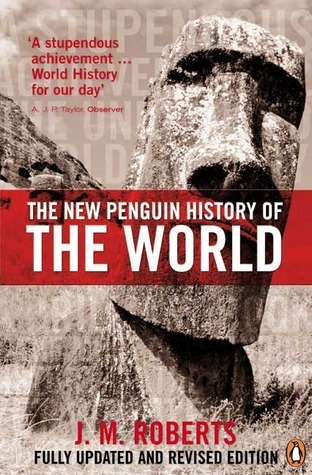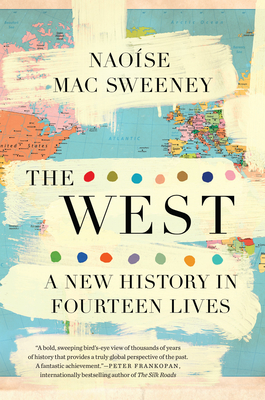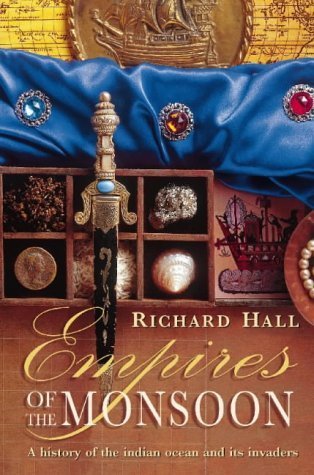
The Silk Roads: A New History of the World
Book Description
Across ancient deserts and bustling markets, empires rose and fell, woven together by threads of silk and spice. Peter Frankopan transports readers on an epic journey along the Silk Roads, revealing how this vibrant network shaped civilizations, economies, and cultures far beyond its geographical boundaries. As caravans laden with treasures crisscrossed the land, profound ideas and innovations traveled alongside them, sparking revolutions in thought and trade. This thrilling exploration uncovers the forgotten stories that define our modern world, challenging perceptions of history. What secrets lie in the shadows of this intricate web, waiting to reshape our understanding of the past?
Quick Book Summary
"The Silk Roads: A New History of the World" by Peter Frankopan reimagines world history by shifting focus from Western Europe to the interconnected lands of Central Asia and the Middle East. Rather than portraying the Silk Roads merely as trade routes for silk, spices, and gold, Frankopan shows how they served as arteries for the exchange of ideas, religions, diseases, and technologies. Through the rise and fall of empires, the flow of goods, and the migration of people, Frankopan illustrates how these regions shaped politics, economies, and cultures from antiquity until today. His narrative challenges Eurocentric histories, emphasizing the pivotal, often forgotten, roles of the East in shaping the modern world, revealing a complex web that continues to influence global affairs.
Summary of Key Ideas
Table of Contents
The Silk Roads as a Global Connector
Frankopan begins by redefining the center of world history. Instead of the traditional Western-centric narrative, he locates the heart of civilization along the Silk Roads—stretching from China through Central Asia, Persia, and the Middle East, to the edges of Europe and Africa. These routes, he argues, were not just for commerce but formed the main arteries through which civilizations interacted. They enabled the exchange of resources, technology, knowledge, and customs, deeply influencing the history of all societies connected by them.
Empires, Trade, and Cultural Exchange
The rise and fall of empires along these routes – from the Persians and Greeks to the Mongols, Byzantines, and Ottomans – are closely intertwined with the history of the Silk Roads. Access to and control of these arteries determined imperial fortunes. Trade oils, spices, silk, and later, even gunpowder technology, flooded west while precious metals and wool traveled east. Meanwhile, ruling powers and conquering armies left a profound mark on the lands and peoples they touched, blending cultures and transforming societies.
Religions and Ideas in Motion
Religious and philosophical ideas also moved along the Silk Roads. Buddhism journeyed from India to China, Christianity spread eastward, and Islam radiated across Asia and Africa. Shared sacred spaces, hybrid belief systems, and religious tolerance flourished at key points along these highways. The transmission of scientific knowledge, mathematics, art, and literature catalyzed golden ages in Baghdad, Samarkand, and other hubs, reshaping the world's intellectual landscape.
The Reinterpretation of World History
Frankopan challenges the Western narrative by highlighting events often neglected in mainstream histories, such as the importance of Central Asian tribes, the spread of the Black Death through the caravan trails, and the global impacts of Eastern fortunes and misfortunes. The Silk Roads were not merely background settings but active determinants in the shifting centers of gravity throughout history. Their story compels a reevaluation of "who made history" and how power dynamics evolved.
The Enduring Legacy of the East
The concluding sections demonstrate how the influence of the Silk Roads persists today. Oil, gas, and new infrastructure projects are reviving old paths, making the region strategically vital again. As global attention returns to the east, Frankopan urges readers to reconsider the geopolitical importance of these lands. The book ends by asserting that understanding the ebb and flow along the Silk Roads is essential for grasping the true patterns of past and future global change.
Download This Summary
Get a free PDF of this summary instantly — no email required.





